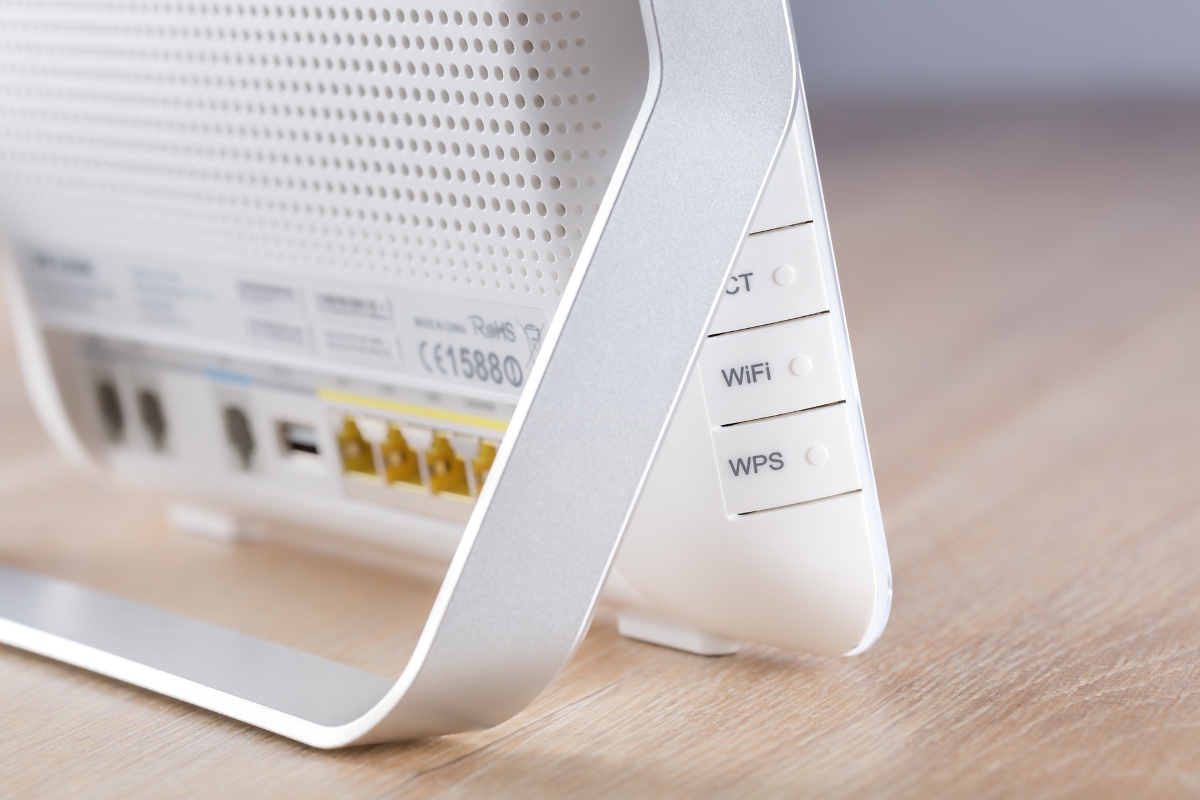You’ve just got a flashy new WiFi modem, or you’re wanting to make your existing one more secure.

Sound like you? Read on for our top tips on securing your wireless home network.
##Don’t leave the defaults!## When it’s fresh out of the box, your router will usually come preloaded with a default username and password used to access its configuration settings.
You might have only ever seen this once when setting up your router for the first time – or you might have simply “plugged in” and never needed it at all (lucky you)!
However, trouble can arise if you’ve never given your router’s details a second thought. With sites like RouterPasswords.com, you can easily look up defaults by brand, make and model.
Combined with the default network ID discussed below, this can be a ridiculously easy feat for a nosy neighbour or nefarious hacker to use your home network. Believe it or not, most hacking is simply cagey guesswork rather than genius feats!
##Change the network name## The default name broadcast by your router can reveal key information to snoops: namely your router’s brand and model.
These details can be used in combination with the first security foible to look up your router’s default admin name and password. Sites like RouterPasswords.com make it almost trivially easy – test it out with your own router model and see for yourself!
Give your SSID (network name) a personal touch, and erase any mention of your device’s make and model. It’s a simple measure, yet it can eliminate the simplest attacks that target low-hanging fruit.
##Ditch the guest networks## It might be nice to offer your guests free WiFi without needing to give them the password, however remember that you’re also offering the same courtesy to anyone else within range – even your neighbours!
They’re still using your Internet plan and monthly data allowance, so offering an easy way to bypass your password-protected network isn’t exactly the brightest idea. Turning off guest networks is a matter of delving into your particular router’s setup interface, so consult the documentation before poking around in the settings.
##Keep the firmware current## It might seem pretty set-and-forget, but your router actually needs updating from time to time. Firmware patches often address crucial security or performance flaws in your router, so failing to keep it up to date can undermine all your best efforts.
Updating your router’s firmware varies widely by manufacturer and model, so consult the documentation that came with your particular device to learn how to perform this step.
For a good starting point, take a look at the [Tom’s Guide roundup][rndup] for popular router manufacturers.
##Try a VPN## A VPN, or Virtual Private Network, might seem like an overly complicated solution. However, if you want unparalleled privacy and anonymity while browsing, you can’t go past one.
If the idea of installing a VPN fills you with confusion, dread or apathy, we’ve got you covered: take a look at our guide.
In truth, there’s a variety of easy to use, fast and reliable VPNs on offer. Many are completely automatic, and are as simple to enable as clicking a button.
In summary, the way you’ve set up your home base station is fundamental to your Internet security. By ensuring you follow these tips as soon as you plug in your brand new router, you can stop Wifi thieves and other cybercriminals in their tracks.
